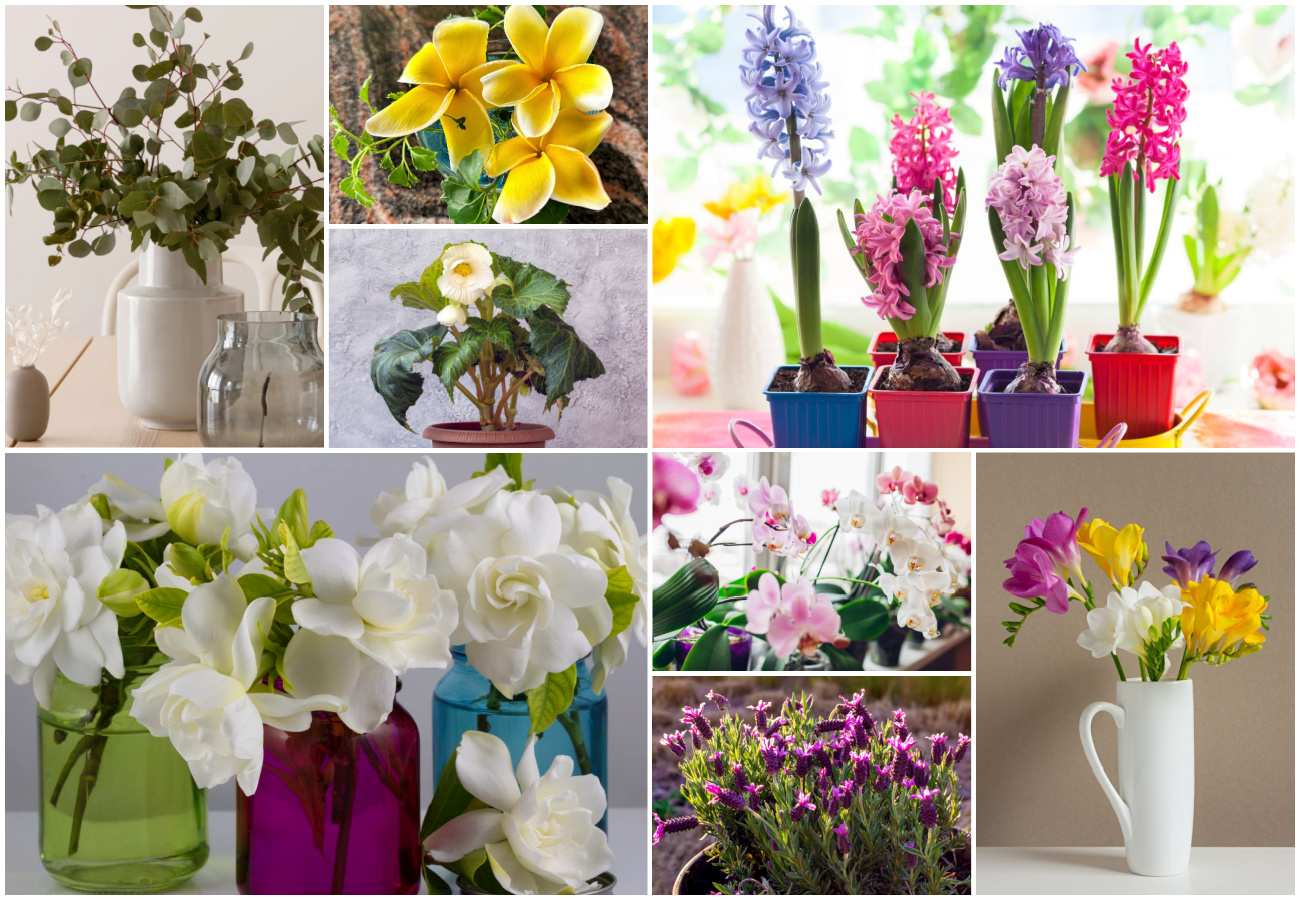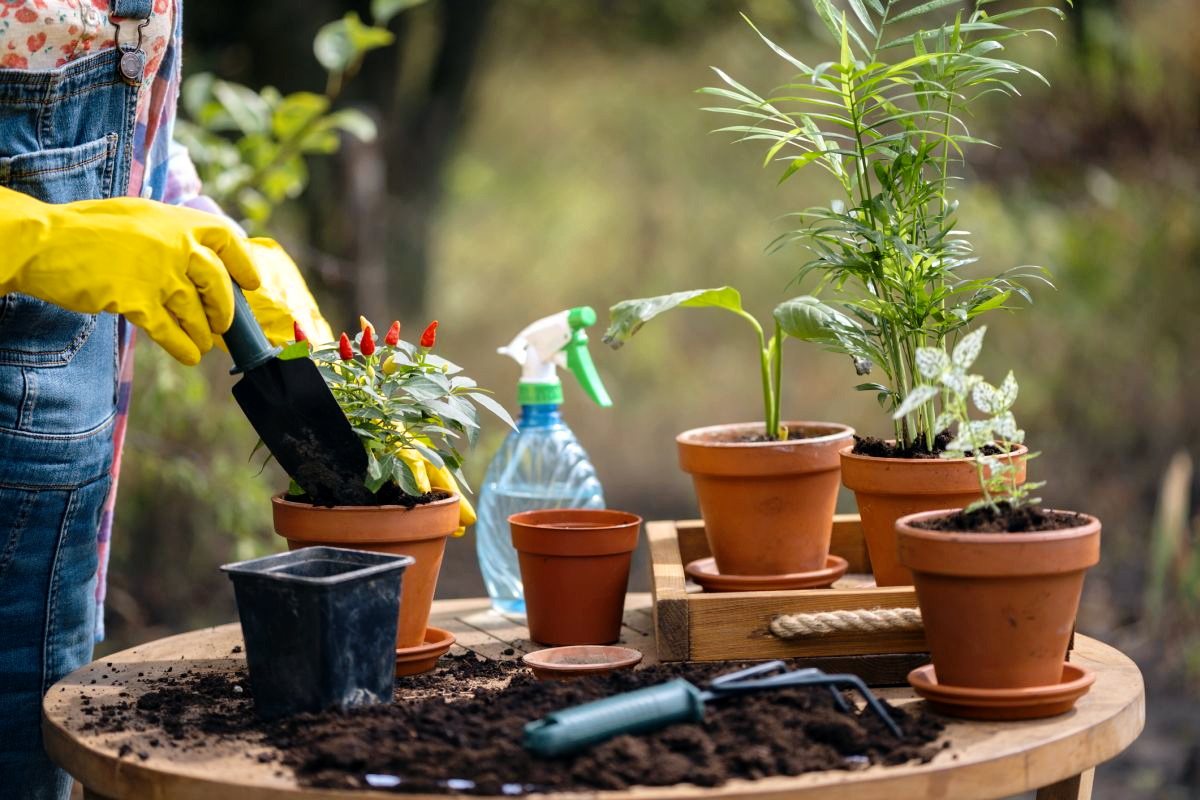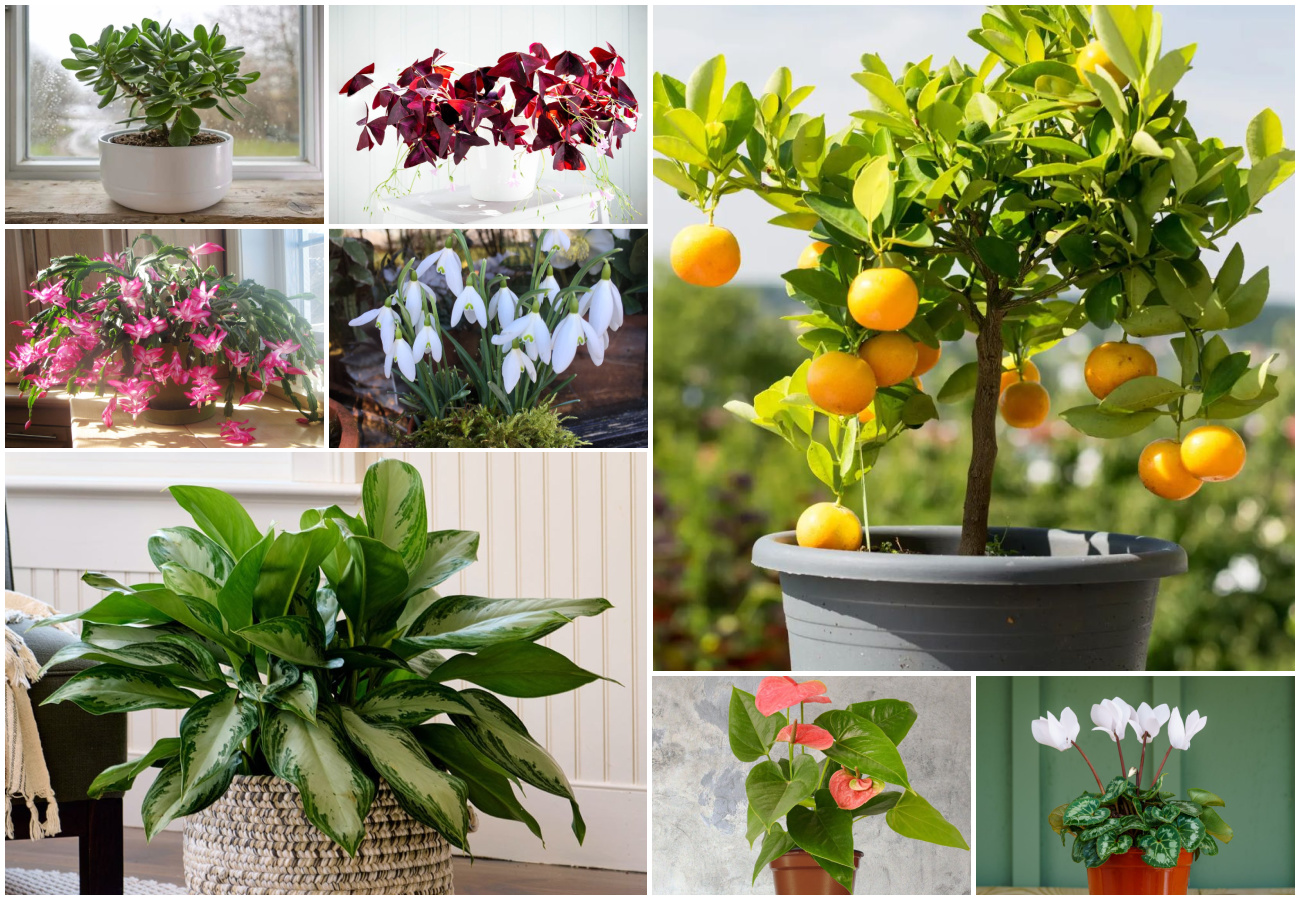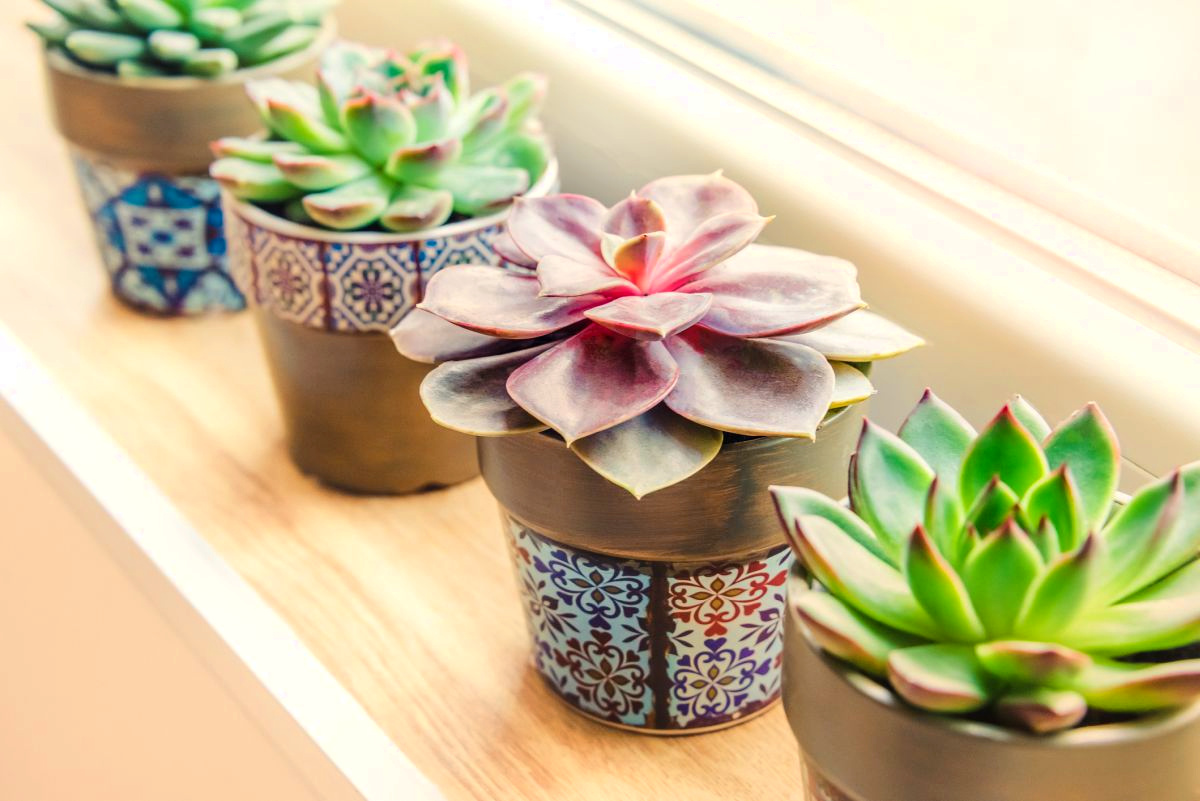Ponytail palms are exotic plants from the Asparagaceae family. They can be grown as indoor and outdoor plants. And they are native to the dry and arid lands of Central American countries like Mexico.

When growing the ponytail palm outdoors, it can grow into a full-tree size. It reaches a staggering height of over 30 feet. However, indoor ponytail palms have much more controlled growth. They can reach a maximum height of 6 feet.
The ponytail plant features a thick woody, palm-like stem. It can produce long ponytail palm leaves and is a seasonal bloomer. Its flowery blooms have a rather delicate appearance. The flowers are cream in color. And they make excellent houseplants.
| Botanical Name | Beaucarnea recurvata |
| Common Names | Ponytail palm plant, elephan’s foot |
| Origin | Central America |
| Family | Asparagaceae |
| Plant Type | Perennial evergreen tree or shrub |
| Full Size | Ranges from 6 feet to 30 feet tall |
| Sun Exposure | Full or direct sunlight |
| Soil Type | It needs a well-draining, sandy soil mix |
| Toxicity | non-toxic to both pets and people |
Ponytail Palm Care
It can be a lot easier when caring for the ponytail palm plant. The palm plant doesn’t need a lot of attention when grown indoors. They are a little drought-tolerant and can survive some level of neglect. Sunlight would be a major need for the plant.
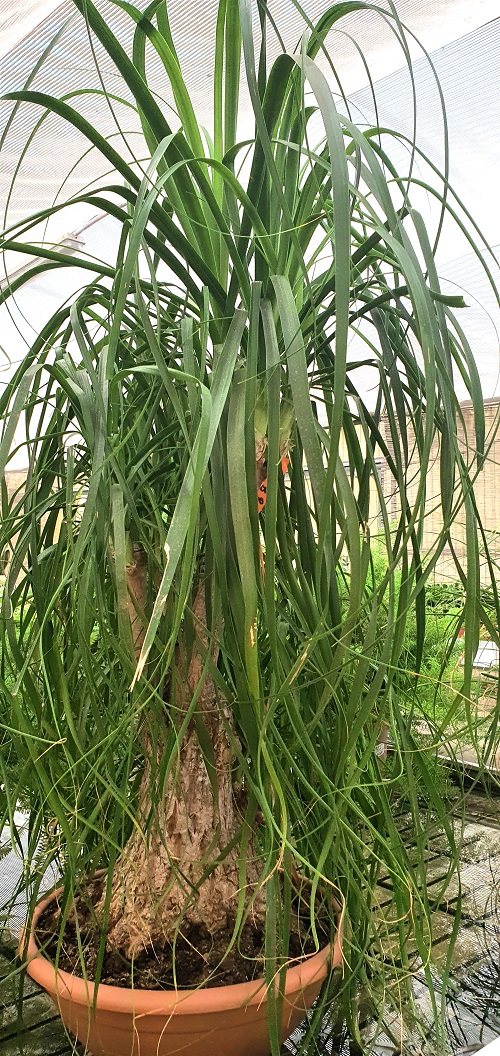
Ponytail Palm Light Requirements
Ponytail palm sun requirements are quite high. The potted plant needs at least 6 to 8 hours of full or direct sunlight. It is therefore essential that you provide this for the plant. You can also provide indirect lighting, but it should be bright and sufficient.
When growing ponytail palm trees indoors, ensure you place them next to a very bright window. It should also let in a lot of direct sunlight. A south-facing window is a perfect spot for your ponytail plant. You can also make use of a west-facing window.
If you must provide shade or filter for the plant, then use a very light cloth or curtain. Growing the plant outdoors should be easier. Select a spot that provides lots of sunlight to the potted plant.
Too much shade is bad for the ponytail palm plant. It can to a stunted leggy appearance for the plant and poor flower production.
Ponytail Palm Water Requirements
The ponytail palm is a little drought tolerant. This means it can survive some level of neglect. But, it is still essential to water the ponytail flower plant during its growing season. During the summer season, water the plant once in two weeks.
When the winter season comes, reduce watering to once each month. The plant goes into dormancy during this month so frequent watering is not needed. Try to avoid over-watering the plant as its bulbous roots hate soggy soil.
Check the soil moisture level by making use of a moisture meter. You can also try putting your finger into the soil to check the moisture level of the soil. If the soil feels a little dry, then you can proceed to watering.
Ponytail Palm Soil Requirements
You can opt for regular sandy soil for your palm plant. It should be well-draining but a little rich. So ensure you add some organic compost to the soil. The regular cactus soil mix also works well for the potted plant.
Ensure your soil mix is a little acidic or neutral in nature. The pH level of the soil should range between 6.5 and 7.5.
Ponytail Palm Temperature and Humidity Requirements
As proper tropical plants, the curly palm requires a hot temperature and high humidity. Keep the temperature level between 60 and 80 degrees Fahrenheit. A temperature level below 50 degrees Fahrenheit can be a bit too bad for the plant.
Humidity level can be kept high. This means making use of regular misting to keep the plant healthy. You can also make use of a humidifier. It should be set at 50%.
Ponytail Palm Fertilizer Use
You can make use of slow-release fertilizer for the ponytail palm tree. You can also make use of liquid fertilizer. This should be used during the growing season of the ponytail palm. Stop the fertilizer during the cold or winter season. The plant goes into dormancy in the winter season.
Ponytail Palm Propagation Requirements
Propagating ponytail palm plants can be done through the division method. Divide the offsets produced at the base of the Ponytail palm plant.
Common Health Problems of The Ponytail Palm Plant
There are a few ponytail palm problems you can encounter when growing the plant. These are:
- Stem rots
- Mealybugs
- Spider mites
- Scales
- Leaf spots
Frequently Asked Questions
It depends on your plans for the plant. If you grow it indoors, then repot the plant every 2 to 3 years. And once a year if you’re growing the plant indoors.
Yes, the Areca palm shares a lot of similarities with the ponytail palm.
Ponytail palms have a very slow growing rate. They can grow 12 inches each year.
Yes, the ponytail palm plant is a succulent and not in any way, a palm tree.
Any pot time would do. It should however have enough drainage holes at its base. It should be an inch wider than the plant.

